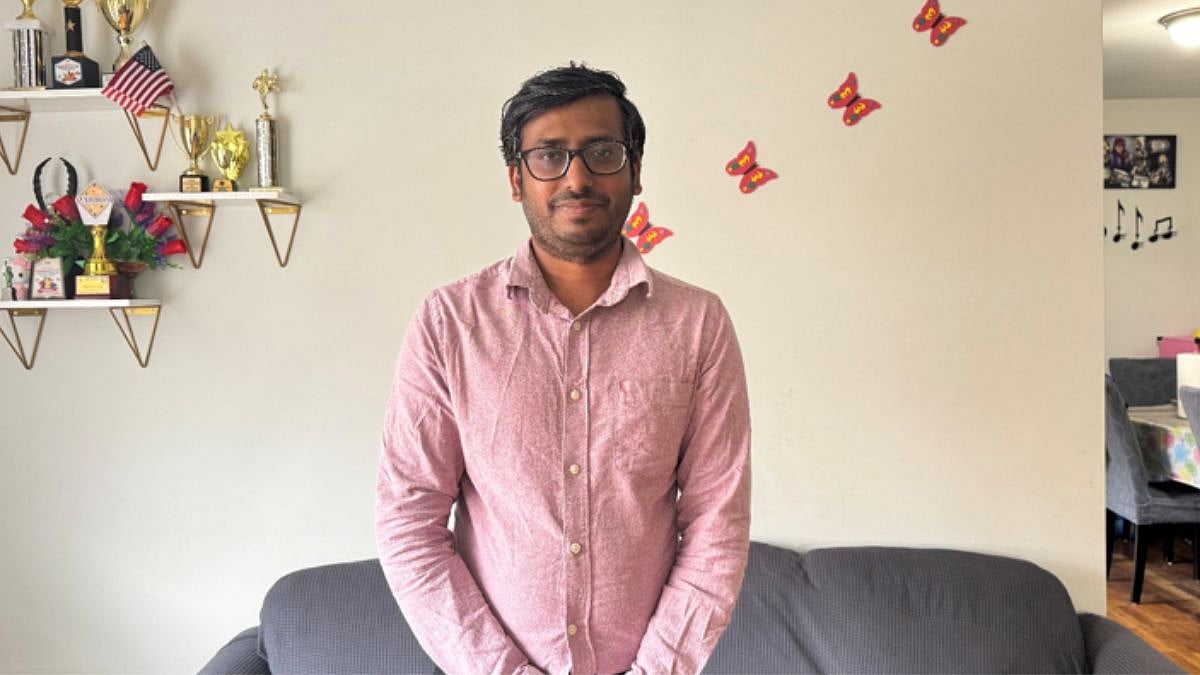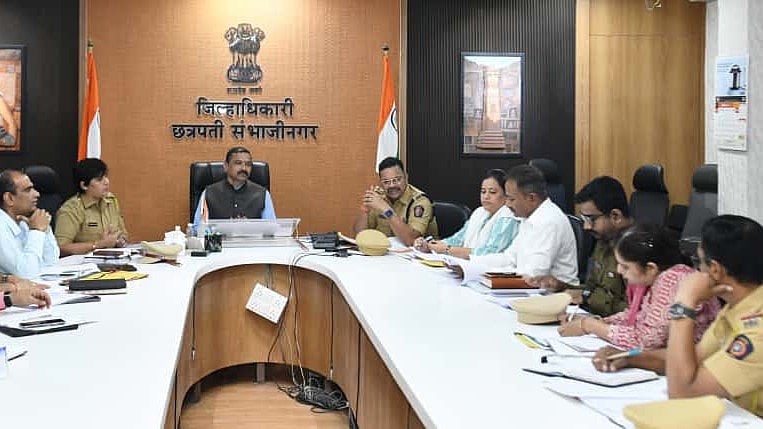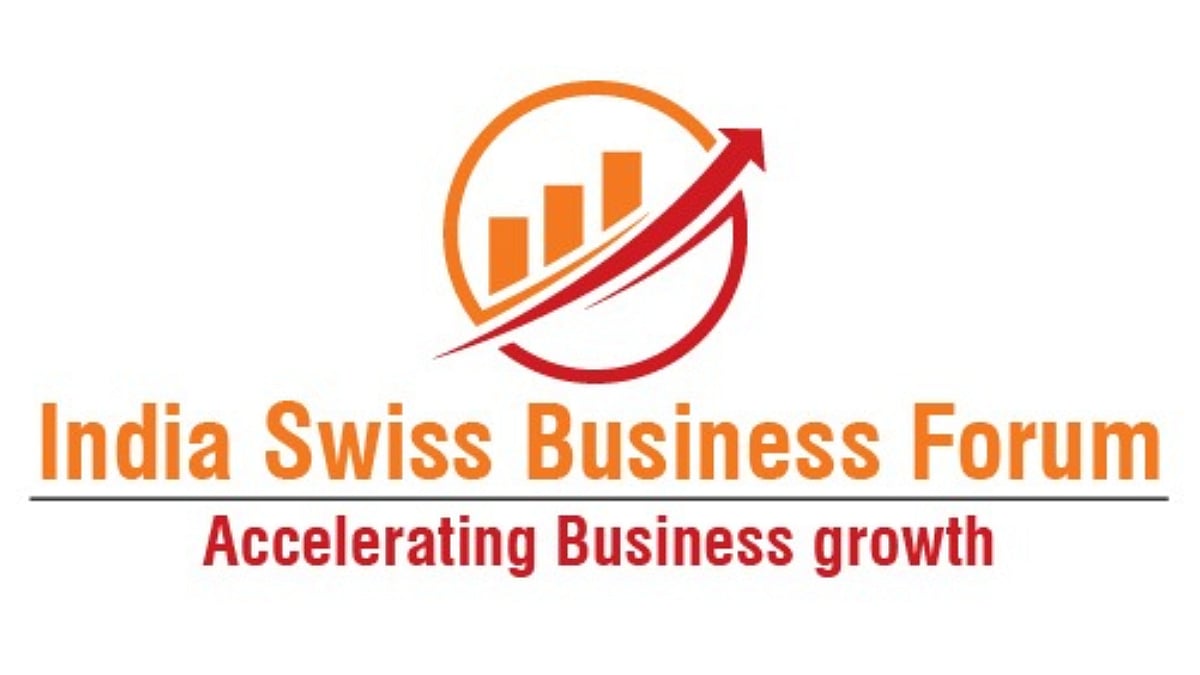In a world shaken by financial volatility and growing regulatory scrutiny, the systems that connect risk, regulation, and compliance are more important than ever. As world economies transform and digital technologies evolve, financial institutions face ever-mounting pressure to remain compliant while remaining agile.
There is less room for mistakes. One wrong turn in compliance can cost millions or damage public trust. In this complex landscape, leaders like Pratik Chawande are quietly shaping the infrastructure that keeps global banking safe, agile, and accountable.
Pratik has over ten years of experience in the fields of business analysis and risk governance, having built and managed regulatory frameworks that many of the world's largest financial institutions rely upon.
A veteran of Citibank, Goldman Sachs, Morgan Stanley, and Barclays, he led transformational projects that brought much-needed structure, insight, and measurable value to what was once considered an area of technical and bureaucratic challenges.
“Most people don’t realize how intricate these systems are until something goes wrong,” says Pratik. “You’re not just tracking transactions or writing reports. You’re engineering a living system that must evolve with every policy shift, every market ripple, every digital innovation.”
His tactical efforts at his company give a good glimpse into the size and scope of his knowledge. By incorporating SWOT and cost-benefit analysis directly into project planning processes, he spearheaded a 15% boost in ROI and a 22% decrease in project cycle time, numbers that speak to efficiency, but more importantly. They speak to a cultural shift, one in which risk is not only avoided but carefully managed at every point of a project.
Under his administration, the institution also registered a 20% reduction in project delays following the adoption of hybrid Agile-Waterfall delivery models, an action that balanced structure and flexibility and enhanced stakeholder alignment across departments.
In another high-impact position at an international financial institution, Pratik addressed the historical hurdle of delivering data across borders and time zones. Through automating intricate SQL workflows and streamlining processes, he facilitated on-time delivery for 85% of finance data reporting, serving over 200 users in three countries. The result was more than mere figures; it was operational transparency, timely decision-making, and better regulatory responsiveness.
“We worked hard to eliminate the small inefficiencies that often snowball into compliance issues,” he explains. “When systems talk to each other in real time, when reporting is streamlined, that’s when you unlock real risk intelligence.”
Few challenges are more formidable than maintaining compliance in high-stakes trading environments. At another leading financial institution, He led efforts to manage trading lifecycle systems that supported over $2 billion in daily trade volume. By conducting cost-benefit analysis on data interfaces, he achieved $250K+ in annual savings while improving the firm’s ability to meet the demands of Dodd-Frank, Basel III, and other global regulations.
Here, he wasn’t just optimizing data flows; he was safeguarding the very integrity of financial operations. “It’s about trust,” he notes. “When you're processing that kind of volume, even a minor gap in compliance can have huge implications.”
At a multinational investment firm, his role expanded beyond execution into strategy. He designed risk and impact analysis frameworks that guided key decisions in trading and reporting systems. By integrating real-time monitoring capabilities into legacy systems, he created a proactive approach to compliance, one that didn’t just react to issues but anticipated them.
“Risk management can’t be an afterthought anymore,” he says. “It has to be embedded into the DNA of financial technology.”
Pratik's journey wasn’t without hurdles. From cross-border rulemaking to evolving compliance requirements, he confronted and solved some of the most complicated regulatory conundrums in global finance. One of these was resolving high-risk hold-ups through replanning project delivery pipelines, an action that avoided compliance violations and restored stakeholder trust.
He also addressed inefficiencies in KYC and client onboarding processes in asset classes work that not only optimized operations but also enhanced data governance and audit preparedness.
With the regulatory environment constantly changing, Pratik anticipates revolutionary trends that will shape the future of risk and compliance. Artificial intelligence and machine learning, for example, are poised to revolutionize automated risk detection. He believes firms must pivot toward real-time regulatory reporting, abandoning batch processes in favor of dynamic systems that keep pace with live markets.
He also predicts the rise of cloud-native architectures, with AWS, Azure, and DevOps becoming the foundation of scalable, audit-compliant financial systems. And as ESG (Environmental, Social, and Governance) standards grow more critical, Pratik sees data governance and ethical risk management as the next frontier.
“Risk is no longer just about numbers or compliance checklists,” he concludes. “It’s about values, transparency, and how your systems reflect the kind of institution you want to be.”
With a career built on solving high-stakes problems and a vision rooted in innovation, Pratik Chawande represents the future of strategic risk management. His approach blends technical expertise with strategic thinking, making him not just a systems architect but a thought leader in the space.
For companies navigating the uncertainty of modern finance, his message is clear: “Build systems that adapt. Build teams that communicate. And never treat regulation as just a checkbox, it’s your foundation for trust.”










